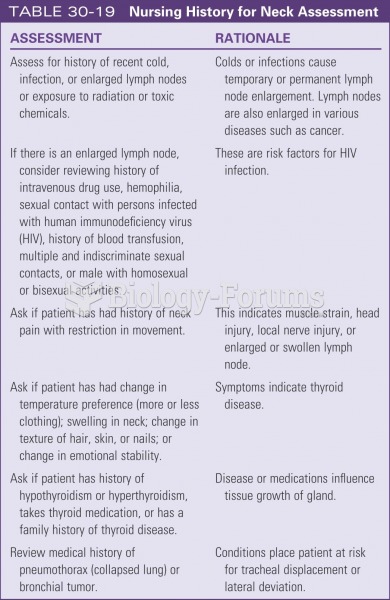Answer to Question 1
1,2
Rationale 1: Local anesthetics with epinephrine are not typically used for patients with cardiac diseases.
Rationale 2: Sodium bicarbonate is often used to retard bacterial growth.
Rationale 3: There is no reason to avoid lidocaine in this patient.
Rationale 4: Volatile liquids are used for inhalation anesthesia.
Rationale 5: Proparacaine (Alcaine) is used for ocular procedures.
Global Rationale: Local anesthetics with epinephrine are not typically used for patients with cardiac diseases. Sodium bicarbonate is often used to retard bacterial growth. There is no reason to avoid lidocaine in this patient. Volatile liquids are used for inhalation anesthesia. Proparacaine (Alcaine) is used for ocular procedures.
Answer to Question 2
1
Rationale 1: Ferrous sulfate (Feosol) will turn stools a harmless, dark green or black color; this is an expected side effect of the medication.
Rationale 2: To tell a client that this sounds serious is non-therapeutic, as the nurse should know that black stools are an expected side effect of the drug.
Rationale 3: Hemorrhoids are unlikely the problem; they would cause bright red color in the stool.
Rationale 4: There is no need to call the physician; this is an expected side effect of the drug.
Global Rationale: Ferrous sulfate (Feosol) will turn stools a harmless, dark green or black color; this is an expected side effect of the medication. To tell a client that this sounds serious is non-therapeutic, as the nurse should know that black stools are an expected side effect of the drug. Hemorrhoids are unlikely the problem; they would cause bright red color in the stool. There is no need to call the physician; this is an expected side effect of the drug.







